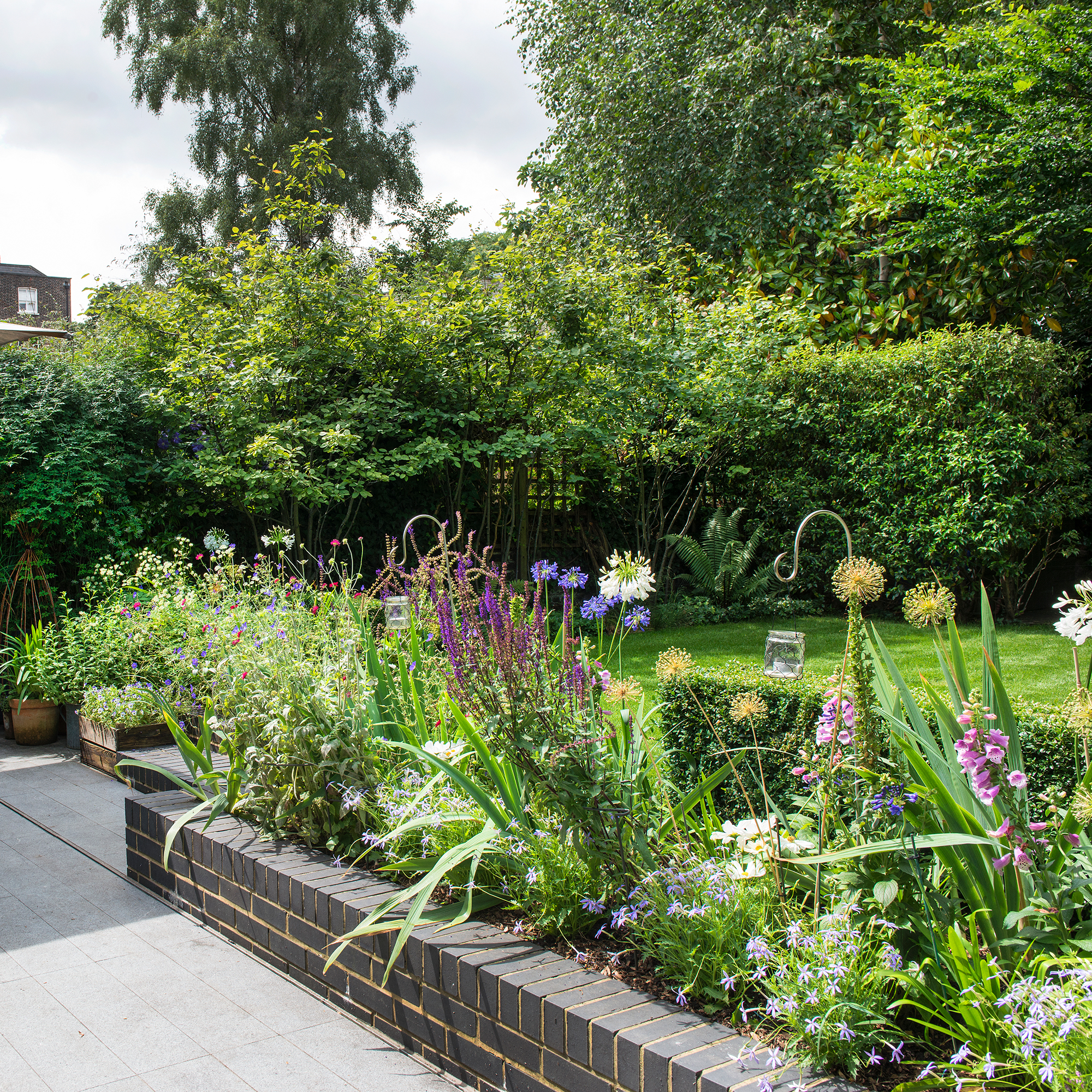
The gardening season is in full swing, and it’s prime time to start scheduling in your jobs to do in the garden in May.
Whether you'll be learning how to start a small vegetable garden or you're hoping to revamp your beds and borders with a sea of blooms, there's plenty to be cracking on with this month. Plus, it's the ideal time to refresh your garden fence ideas and outdoor furniture with a fresh lick of paint.
We've rounded up the top May gardening jobs to help you get started.
1. Get sowing
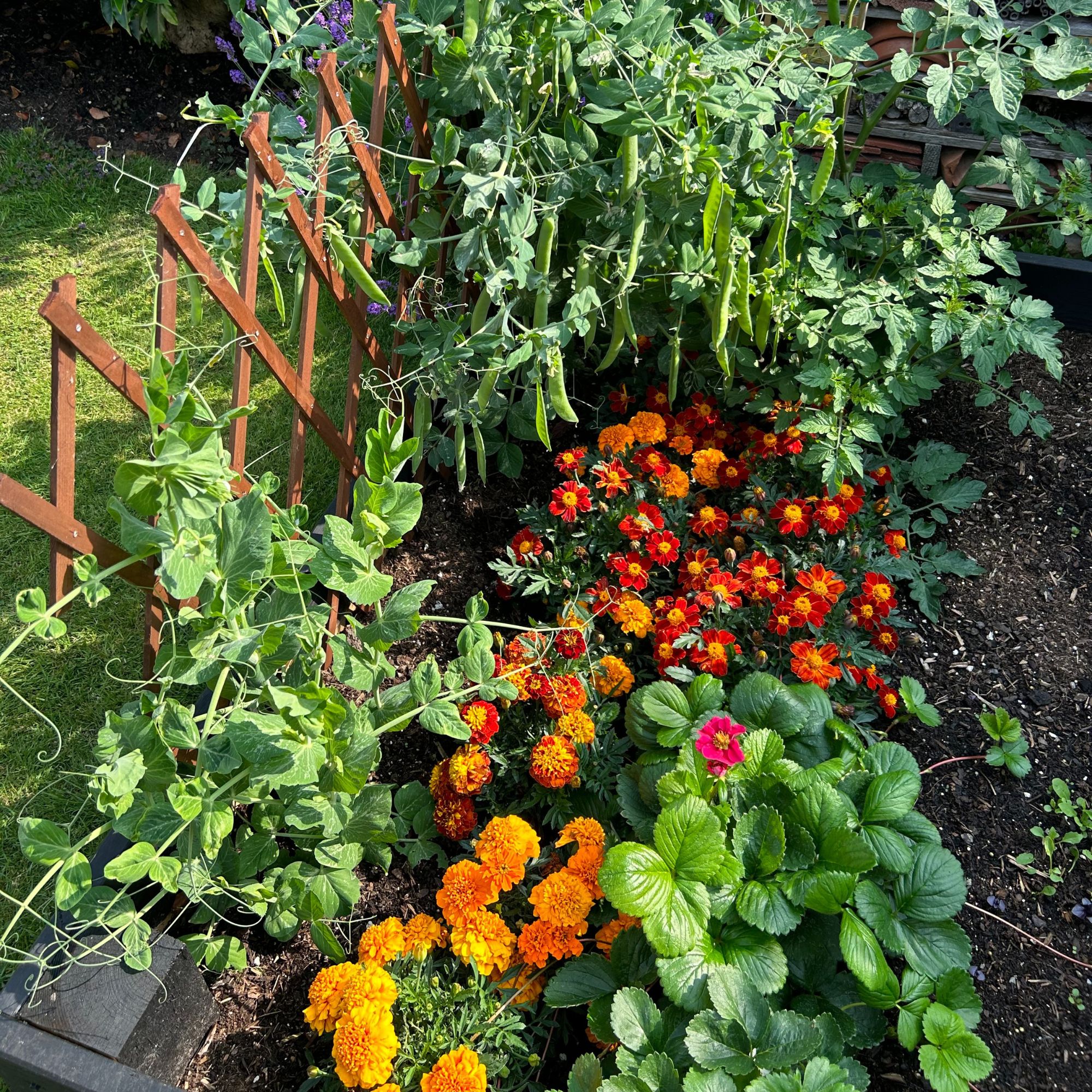
There are so many fruits, vegetables and flowers you can plant in May, from tomatoes and courgettes to sunflowers and courgettes. It's the ideal time to stock your seed tin and get sowing for a summer of harvests.
'Most vegetable crops can be sown now,' says Marcus Eyles, resident gardening expert and horticultural director at Dobbies. 'With fast-growing crops such as salads and spinach, repeat sow every 10 days to ensure a consistent supply of fresh leaves, and start sowing runner, dwarf and climbing French beans.'
You'll be spoilt for choice with flowers, too. 'Sowing nasturtiums, cornflowers, calendula or Californian poppies will not only add a pop of colour to your garden, but also attract pollinators such as bees and butterflies,' says Lucie Bradley, gardening and greenhouse expert at Easy Garden Irrigation.
Where to buy vegetable and flower seeds:
- Amazon: Shop a huge range of vegetable seeds.
- Thompson & Morgan: Browse a generous selection of tomato seeds.
- Sarah Raven: A shoppable page dedicated to vegetable and flower seeds you can sow in May.
2. Harden off plants

Before you plant out sweet peas, tomatoes and other indoor-sown plants, you'll need to harden them off. This means moving them outside for longer periods of time each day to allow them to acclimatise to outdoor temperatures and avoid transplant shock.
'You can begin hardening off tender plants by leaving them outside in your garden during the day and then bringing them back inside at night,' says Graham Smith MCIHort, gardening expert at LBS Horticulture. 'Continue this for seven to ten days before planting them outdoors.'
3. Watch out for pests
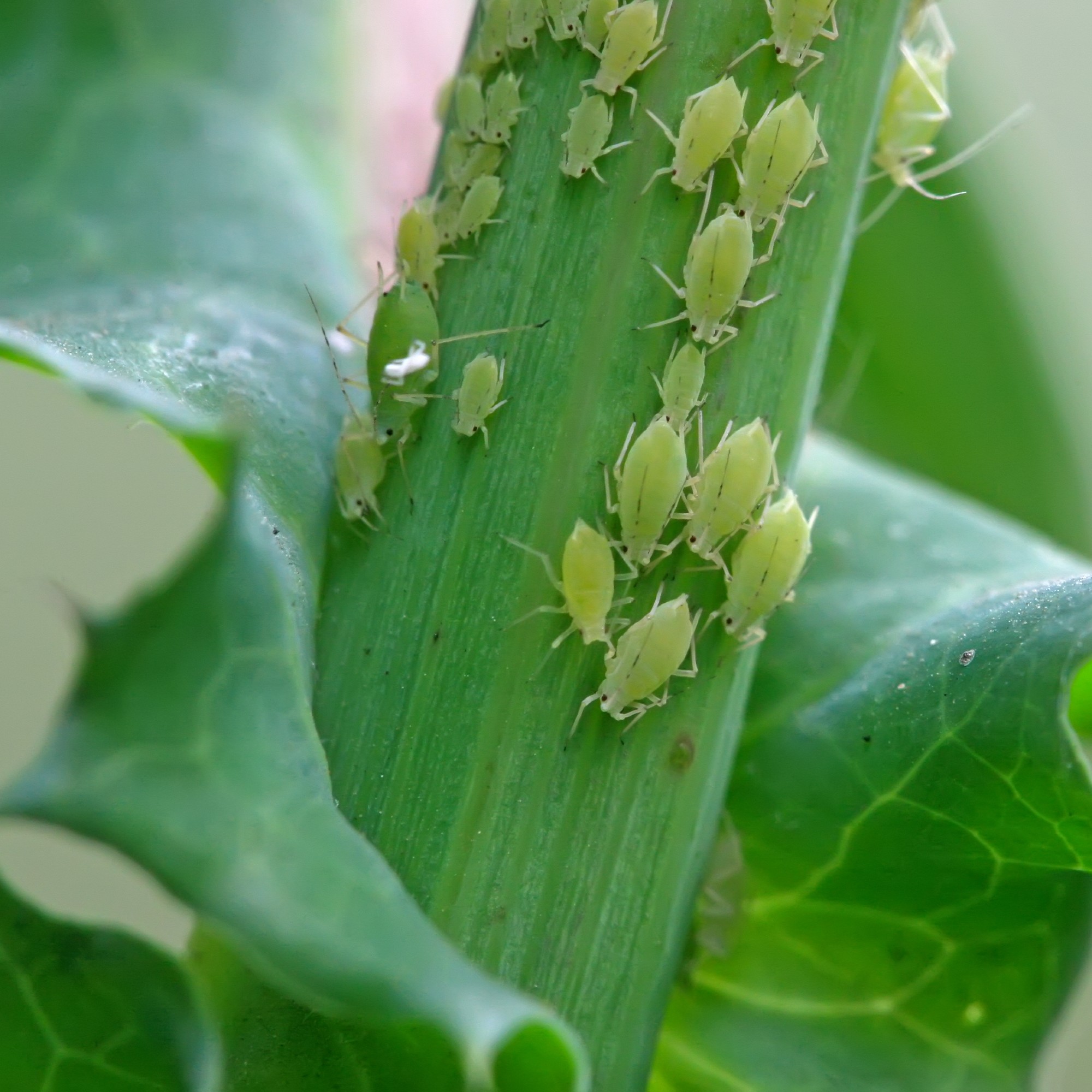
As the weather warms up, more and more garden plant pests come out of hiding, so you'll need to keep an eye on your crops and crack down on any infestations.
Pay close attention to shoot tips to check for pests, such as capsid bugs, as well as the underside of leaves, which can attract aphids, mealy bugs, red spider mites and thrips. There are plenty of ways to ward off those unwanted pests in a wildlife-friendly way without causing damage to your plants, especially if you experiment with a few companion planting ideas or add some pest-repellent plants to your garden.
'If you are growing lilies, you may well spot the red lily beetle,' says Morris Hankinson, managing director at Hopes Grove Nurseries. 'And if you are growing carrots, watch out for carrot fly!'
4. Give fences, furniture and buildings a fresh coat of paint
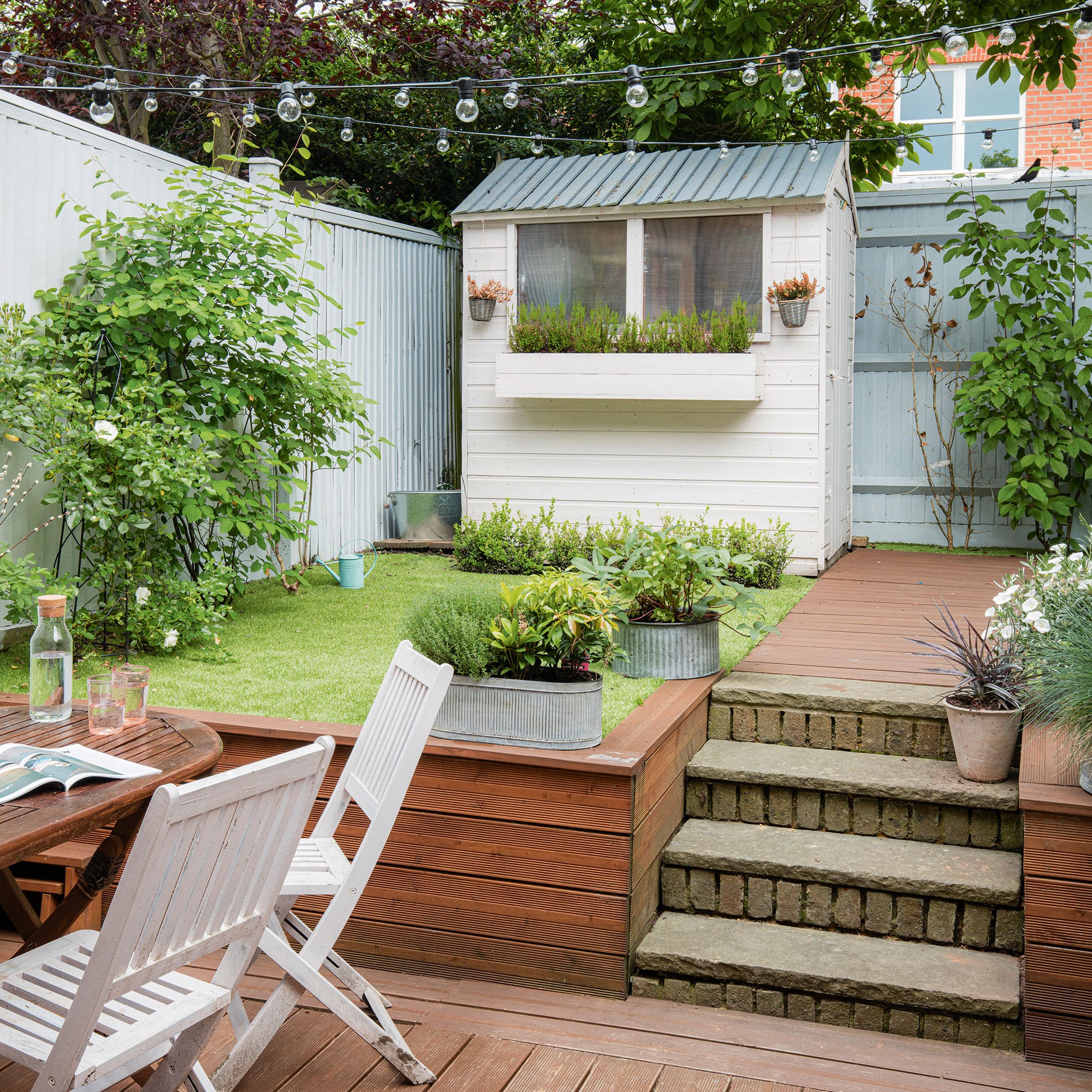
Make the most of sunnier days by refreshing your shed, fence, furniture or decking with a coat of paint. Whether you experiment with new garden paint ideas or stick to the shade you already have, scheduling this task into your May gardening calendar can transform the look of your garden.
Plus, a lot of exterior paints also offer protection from the elements, like this range of exterior paints, stains and oils from Osmo UK.
5. Prepare your hanging baskets
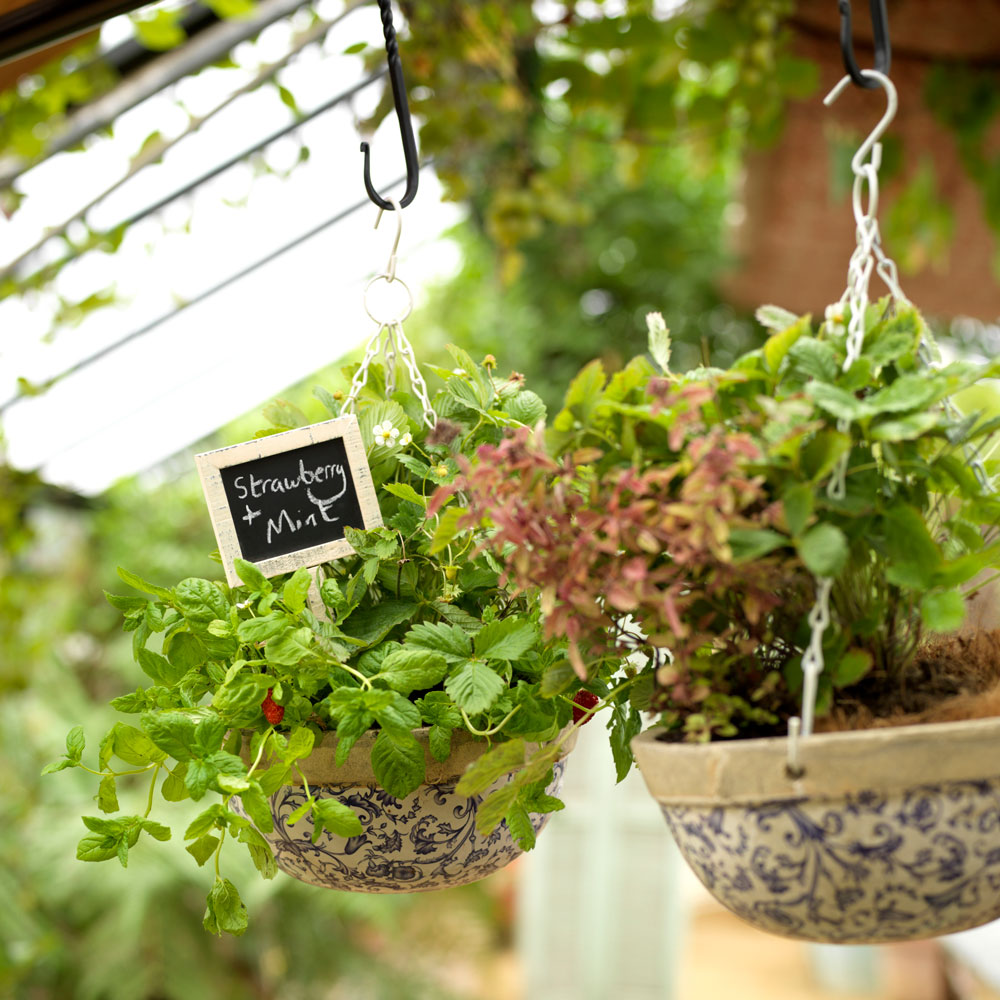
If you've been wondering when to plant hanging baskets up, you can add the task to your list of May gardening jobs – you'll just need to keep an eye on the weather forecast for any surprise temperature drops.
'From the middle of May, it’s generally safe to plant hanging baskets – although make sure you protect your plants against any potential late frosts,' says Carl Jones, director of CJ Landscapes and TrexPro installer. 'Bright colours, fragrant herbs or even tomatoes – the hanging basket options are endless!'
Keep a few outdoor plant covers handy just in case, or even DIY a cloche alternative.
6. Deadhead flowering plants
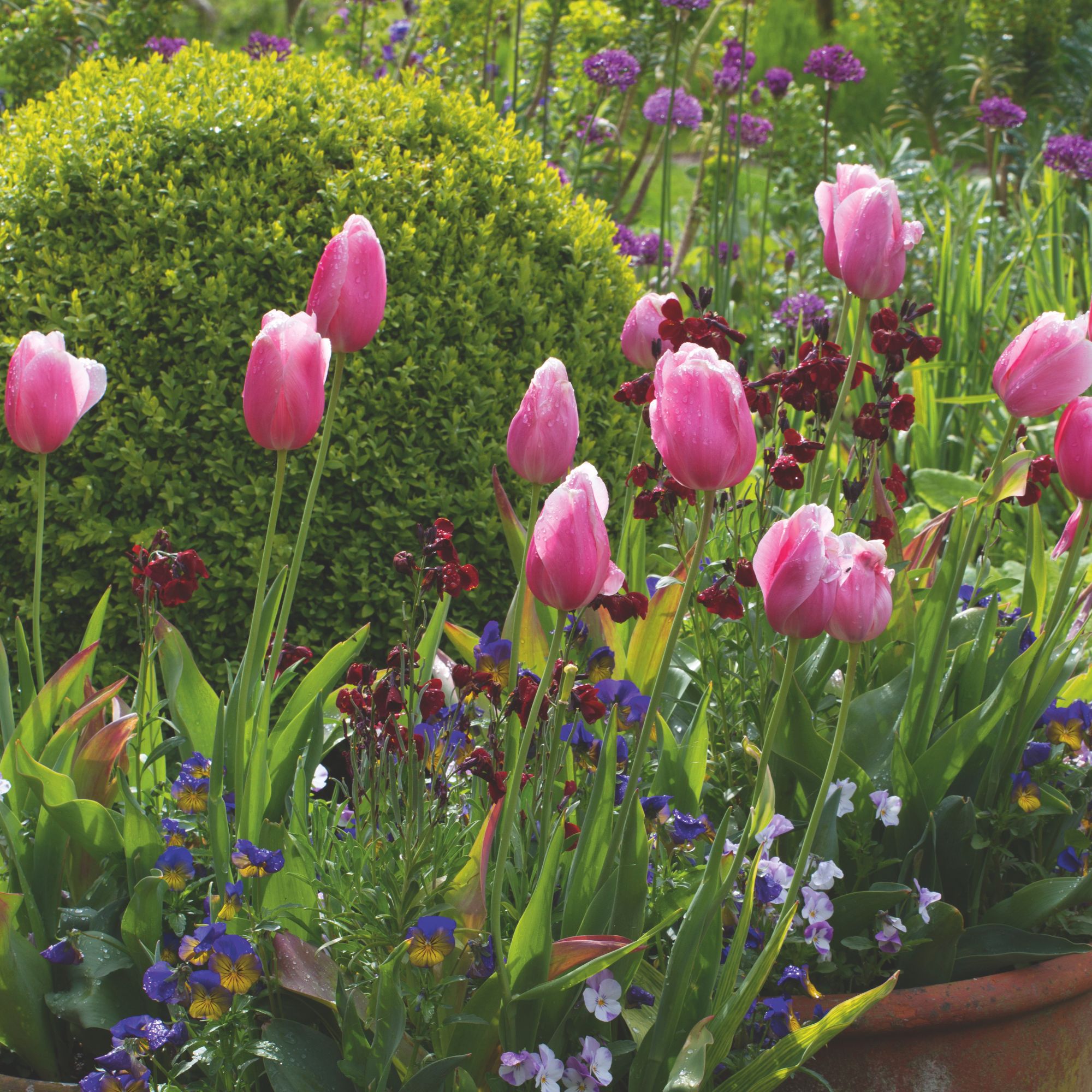
Wondering if you should deadhead tulips and daffodils after they've finished flowering? Well, according to gardening expert and author Sarah Raven, you should add the task to your list of jobs to do in the garden in May.
'Once spring bulbs finish flowering, leave the foliage to die and break down naturally rather than cutting it,' Sarah advises. 'Apply a homemade, liquid fertiliser around the clumps to encourage strong growth for next spring.'
You can also deadhead other flowers around the garden. 'If you have any faded flowers, it’s a good idea to deadhead them to prevent plants from wasting energy by creating seed heads,' Sarah adds.
7. Mulch beds and borders
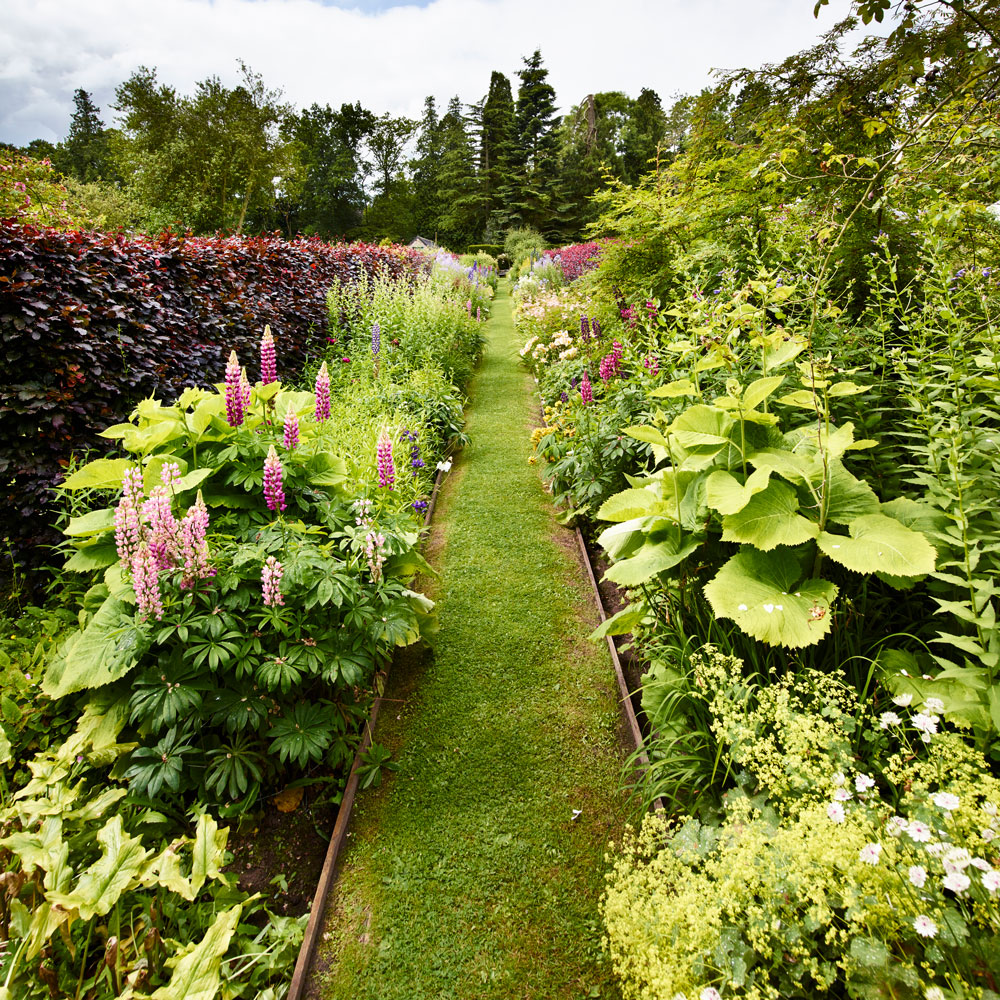
Not only does mulching lock in the soil’s moisture and improve its texture, it also works to suppress weeds.
'Warmer temperatures will herald the appearance of weeds,' says Marcus. 'The quickest and easiest way to control them is to hoe them off before they get a chance to establish, and then apply a thick layer of mulch over the soil surface to help keep any further weeds at bay.
It's best to use organic matter like compost or well-rotted manure, or a dedicated mulch like this RocketGro Peat-Free Magic Mulch from Amazon.
8. Keep on top of watering
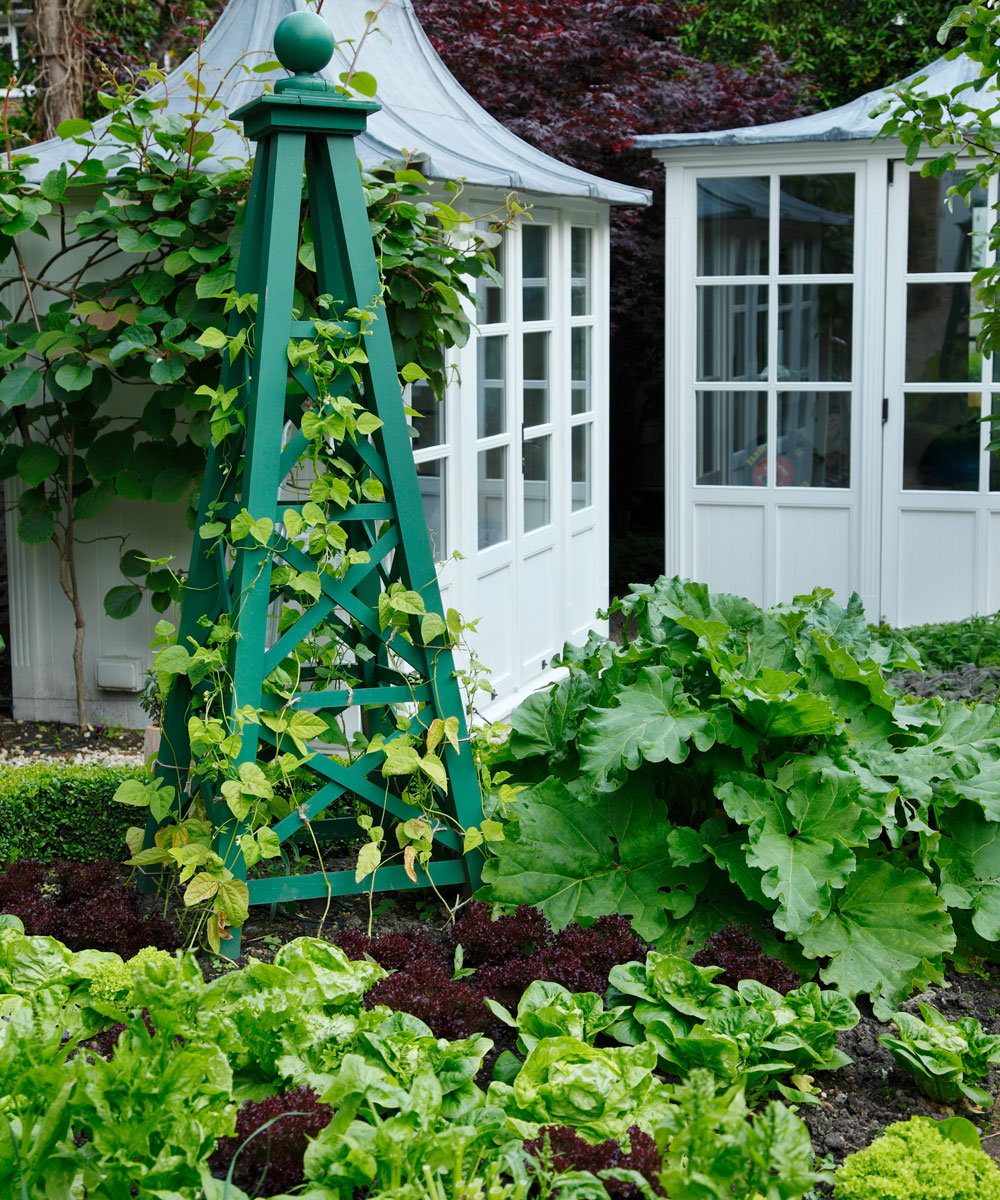
As temperatures rise, it’s important to water thirsty crops such as tomatoes, cucumbers and courgettes regularly, as well as the rest of the garden. For the most efficient watering schedule, you'll need to work out whether it's best to water your plants in the morning or at night – but both options are strong contenders.
'Ensure that you are watering plants early in the morning or late at night so that plants can absorb the water before it evaporates,' says Graham.
Just make sure that the soil or compost stays moist but never waterlogged, and take care to water the ground around the plant and not the leaves.
9. Tend to your lawn

It's No Mow May, which means you absolutely can leave your lawn to grow wild this month. If you're keen to keep up with your lawn care regime, though, there are plenty of lawn care tips you can pick up over the coming weeks.
'Early May is an ideal time to reseed your lawn, or repair bare patches by learning how to overseed your lawn,' says Marcus. 'For quicker results, lay new turf. Whichever method you choose, be sure to keep it well watered, and avoid walking on it for a few weeks to allow time for new roots to establish themselves.'
Which May gardening jobs will you be adding to your list?







